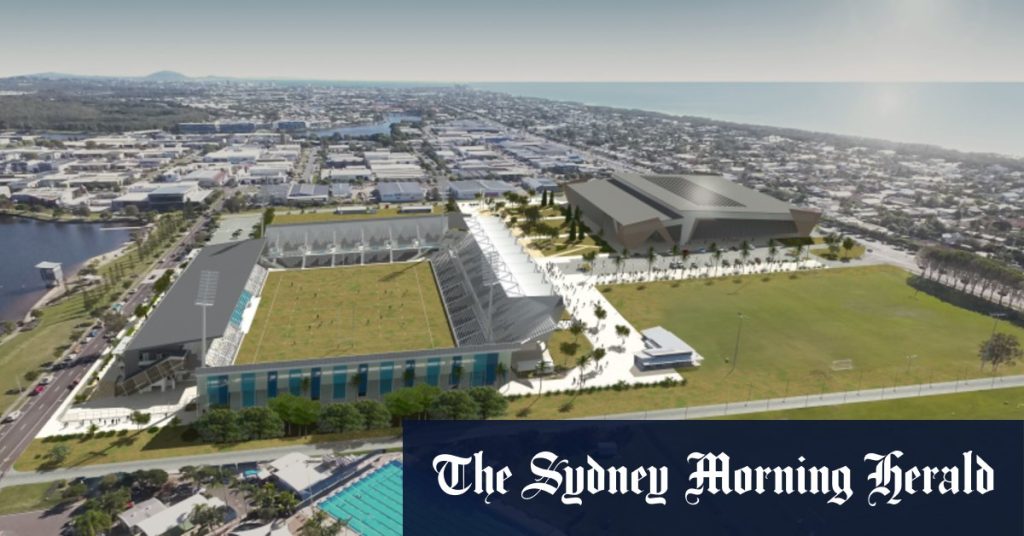The QSAC stadium on Brisbane’s southside is set to undergo a $1.6 billion upgrade in preparation for the Olympic and Paralympic Games. The upgrade will increase the capacity of the stadium to about 40,000 spectators and will leave a lasting legacy with improved transport networks benefiting the local area for years to come. The cost estimation does not factor in the expenses for transport links, which are estimated at an additional $400 million. The Quirk review suggested that the Victoria Park recommendation could replace the Gabba as Brisbane’s primary oval stadium, with about $1 billion needed to bring the Gabba up to standard.
The true cost of the QSAC project remains unclear, with about a billion dollars in question. A business case process is being planned to determine the required funding and ensure the best delivery outcomes for the facility. The International Olympic Committee’s infrastructure experts will be consulted to provide guidance on funding and delivery. The upgrade of QSAC will involve a combination of rebuild and upgrade, creating a state-of-the-art facility for athletics competitions. The stadium will remain in place after the Olympics, with permanent facilities for future events.
The upgraded QSAC stadium is expected to hold 40,000 spectators during the Olympics, mostly in temporary stands. Following the Games, the stadium will have a permanent capacity of 14,000, suitable for smaller events like inter-school sports carnivals and national championships. The project aims to create a modern and multipurpose venue that will benefit both the local community and future sporting events in Queensland. The development of the stadium is part of the larger plan to prepare Brisbane for hosting the Olympic and Paralympic Games and leave a positive legacy for the region.
The upgrade of QSAC aims to transform the stadium into a world-class venue that can host major international sporting events, providing a lasting legacy for Queensland. The project will involve significant investment in infrastructure and facilities necessary to meet the requirements of hosting the Olympic and Paralympic Games. The business case process will help ensure that the funding is allocated effectively and that the project is delivered in line with legislative requirements. The upgraded stadium will offer enhanced spectator experiences and improved transport connections to serve the broader community.
Overall, the upgrade of QSAC stadium represents a major investment in Queensland’s sporting infrastructure, with the aim of creating a lasting legacy for the region. The project will involve a combination of rebuild and upgrade to create a modern facility that can host world-class sporting events. The stadium’s increased capacity and improved facilities will cater to a range of events, from minor competitions to major international tournaments. The investment in transport networks will also benefit the local community, providing long-term value beyond the Olympic and Paralympic Games. The successful delivery of the project will depend on careful planning and collaboration with experts to ensure that the stadium meets the required standards and provides a positive legacy for Queensland.


